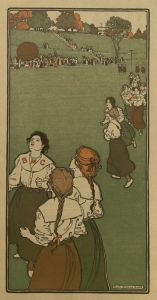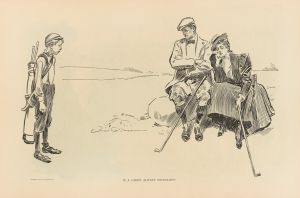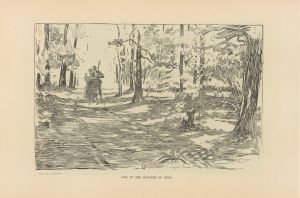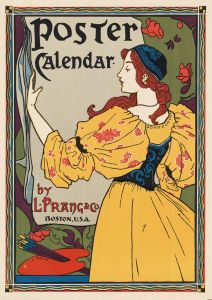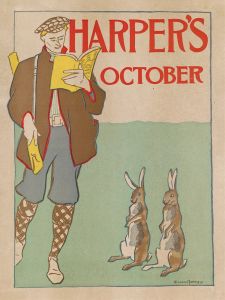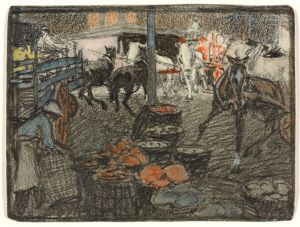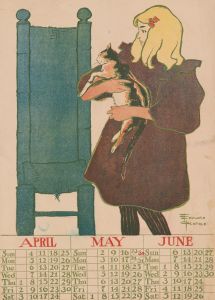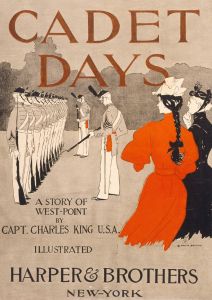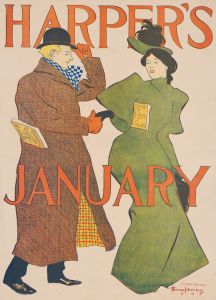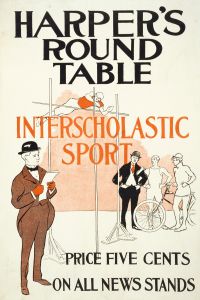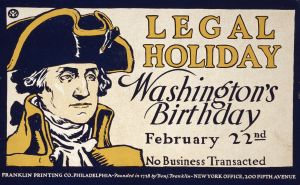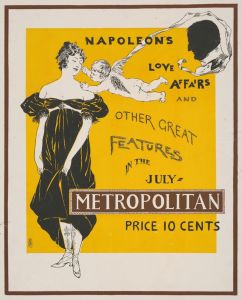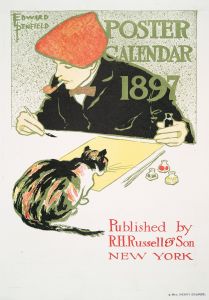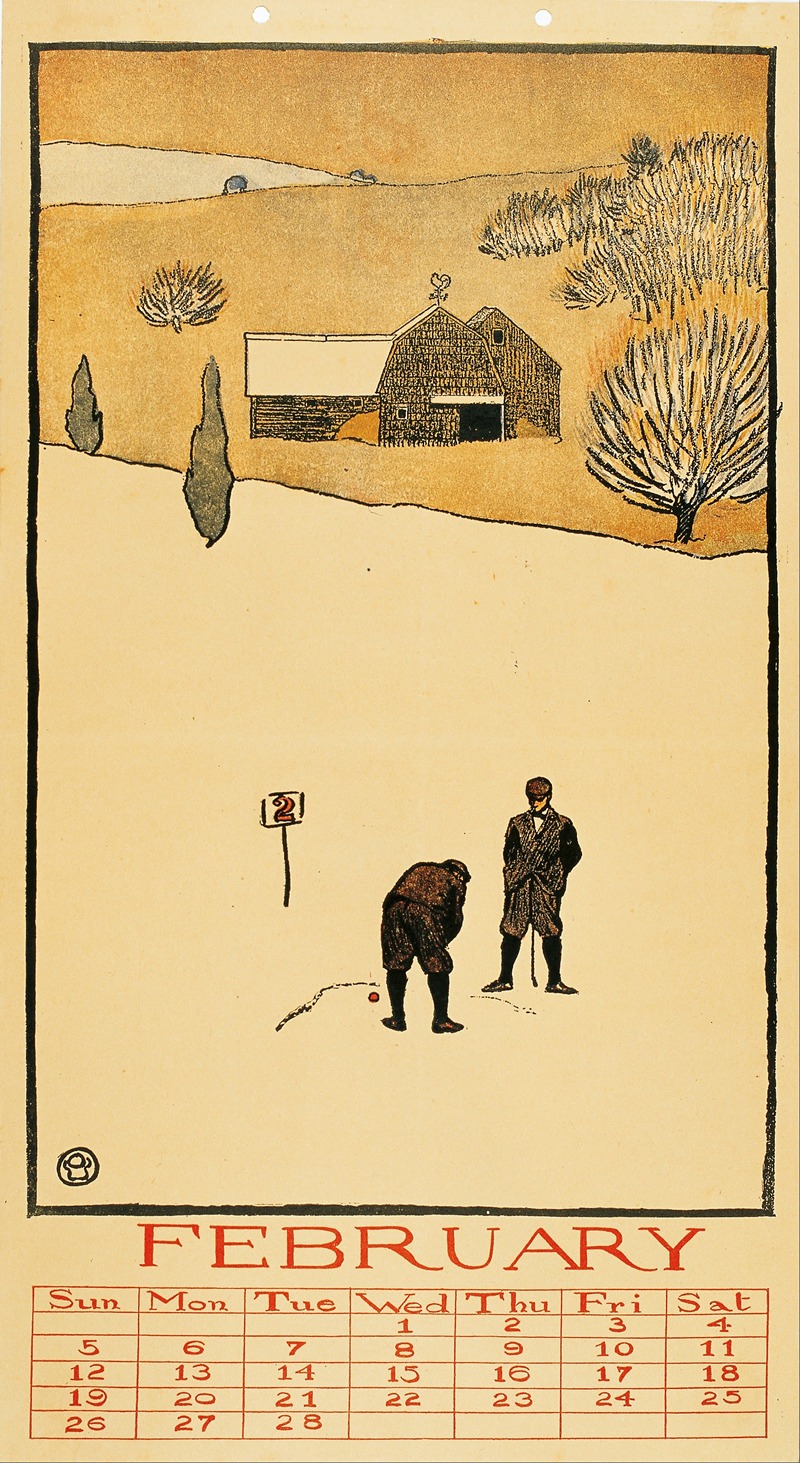
Golf Calendar. February
A hand-painted replica of Edward Penfield’s masterpiece Golf Calendar. February, meticulously crafted by professional artists to capture the true essence of the original. Each piece is created with museum-quality canvas and rare mineral pigments, carefully painted by experienced artists with delicate brushstrokes and rich, layered colors to perfectly recreate the texture of the original artwork. Unlike machine-printed reproductions, this hand-painted version brings the painting to life, infused with the artist’s emotions and skill in every stroke. Whether for personal collection or home decoration, it instantly elevates the artistic atmosphere of any space.
Edward Penfield (1866–1925) was an influential American illustrator and a key figure in the development of American graphic design. He is often credited with being one of the pioneers of the poster art movement in the United States. Penfield's works are characterized by their bold lines, simplified forms, and a keen sense of composition, which made them highly effective as commercial art.
One of Penfield's notable works is "Golf Calendar. February," which is part of a series of illustrations he created for a calendar. This particular piece, like many of Penfield's works, reflects his ability to capture the essence of contemporary leisure activities with a stylish and modern aesthetic.
"Golf Calendar. February" depicts a scene of a golfer in mid-swing, set against a winter landscape. The golfer is dressed in period-appropriate attire, which includes a cap, a jacket, and knickerbockers, typical of early 20th-century golf fashion. The background features a snow-covered landscape, indicating the winter month of February, and adds a serene, almost tranquil quality to the scene.
Penfield's use of color in this illustration is both restrained and effective. The muted tones of the winter landscape contrast with the more vibrant colors of the golfer's attire, drawing the viewer's attention to the central figure. This use of color not only enhances the visual appeal of the piece but also serves to highlight the subject matter, making it clear and engaging.
The composition of "Golf Calendar. February" is carefully balanced, with the golfer positioned slightly off-center to create a dynamic sense of movement. The lines of the golfer's swing lead the viewer's eye through the image, creating a sense of flow and continuity. This attention to detail and composition is a hallmark of Penfield's work and demonstrates his skill as an illustrator.
Penfield's illustrations were widely published in magazines and books, and he worked for several prominent publications, including Harper's Magazine, where he served as the art director. His work for Harper's Magazine, in particular, helped to establish his reputation as a leading illustrator of his time. The "Golf Calendar" series, including the "February" illustration, is an example of how Penfield's art was used to promote and celebrate contemporary culture and leisure activities.
In summary, "Golf Calendar. February" by Edward Penfield is a fine example of early 20th-century American illustration. It showcases Penfield's talent for capturing the spirit of his time through his distinctive style and keen sense of composition. The illustration remains a testament to Penfield's contribution to the field of graphic design and his influence on the development of American poster art.





